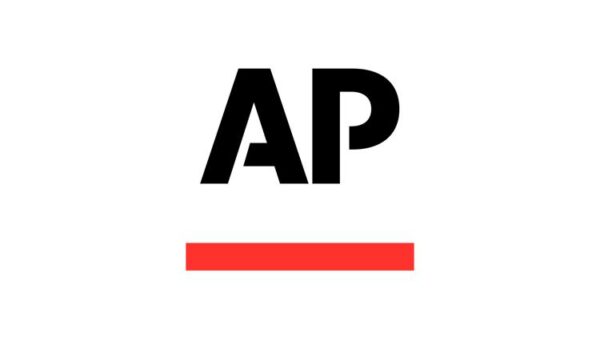Artificial Intelligence (AI) is set to transform various industries significantly by 2025, with numerous projects emerging to help professionals develop essential skills. These AI projects offer practical applications and an opportunity for learners to gain hands-on experience in machine learning and natural language processing, essential areas for career growth.
Starting Points for AI Learning in 2025
As the demand for AI expertise rises, individuals starting their journey in this field may feel overwhelmed by the plethora of tools and frameworks available. Engaging in practical projects can streamline the learning process and build a solid technical foundation. Projects focusing on real-world applications not only enhance understanding but also prepare aspiring professionals for the job market.
One effective starting point is developing chatbots using libraries such as Rasa or Dialogflow. These tools allow learners to create bots capable of responding to frequently asked questions, sending reminders, and assisting with basic customer inquiries. This project introduces critical concepts such as intent classification, entity recognition, and dialogue flow, all relevant in today’s growing chatbot domain.
Another foundational project involves training a convolutional neural network (CNN) on the MNIST database to recognize handwritten digits. This classic exercise is vital for beginners, illustrating how neural networks process pixel data and covering key concepts like activation functions and model evaluation. Although simple, this project lays the groundwork for more complex applications, such as license plate recognition.
Creating a spam classifier using scikit-learn and natural language processing techniques like TF-IDF offers hands-on experience in supervised learning. By training a model to determine whether an email is spam, learners engage with real data from public sources like the SMS Spam Collection. This project also has implications for content moderation systems widely used today.
Diverse Applications and Growth Potential
Developing recommendation engines is another engaging project that leverages historical data to predict user preferences. Using methods such as collaborative filtering and libraries like TensorFlow Recommenders, learners will gain insights into user-item interaction matrices and matrix factorization—concepts crucial for personalization in streaming services and e-commerce.
In the realm of computer vision, a beginner-friendly project involves classifying images based on visual data through CNNs. This project teaches image augmentation strategies and model accuracy optimization. Applications in quality inspection or wildlife observation follow similar structures, reflecting real-world challenges that require image classification.
Speech-to-text technology can be explored using libraries like SpeechRecognition or Mozilla DeepSpeech. Learners can implement both speech-to-text and text-to-speech interfaces, utilizing tools such as pyttsx3. This project highlights the intersections of audio processing and natural language processing, phenomena that have gained prominence with the rise of voice-activated systems.
Sentiment analysis, which categorizes text data to identify emotions, can be performed using public datasets like product reviews. Libraries such as NLTK and BERT offer scalable methods for this task, which has applications in brand monitoring and political opinion assessment.
For those interested in time-series analysis, applying historical stock market data to predict future trends introduces users to recurrent neural networks (RNNs) and long short-term memory (LSTM) models. Although financial forecasting is complex, this project familiarizes learners with sequential data operations, providing a solid foundation for future applications like weather forecasting.
Lastly, as the issue of misinformation grows, developing models for fake news detection becomes essential. This project entails training classification models on datasets such as the LIAR corpus. Simple models like logistic regression can serve as entry points, while more advanced versions might include fine-tuned BERT models.
These projects collectively reflect significant trends in AI and machine learning, offering a comprehensive skill set for aspiring professionals.
The relevance of the tools used in these projects cannot be overstated, with frameworks like TensorFlow, scikit-learn, and Hugging Face becoming increasingly important in the job market. Engaging with these tools not only improves technical competence but also enhances employability.
Furthermore, each project has practical applications in everyday technology, from spam filters in email to customer support chatbots and sentiment analysis tools. The scalability of these projects also allows learners to build upon their foundations, transforming simple sentiment analysis into complex multilingual dashboards.
As individuals embark on their AI journey in 2025, these projects serve as an effective means of balancing simplicity and complexity. They provide essential groundwork while maintaining enough challenge to keep learners engaged.
In conclusion, beginner AI projects should be viewed as more than just coding exercises. They offer gateways to understanding and innovation, paving the way for more specialized applications in the future. With a focus on practical development, these projects encourage technical growth and appreciation for the real-world impact of AI, thereby cultivating confident practitioners ready to tackle the challenges of the evolving technological landscape.





































































